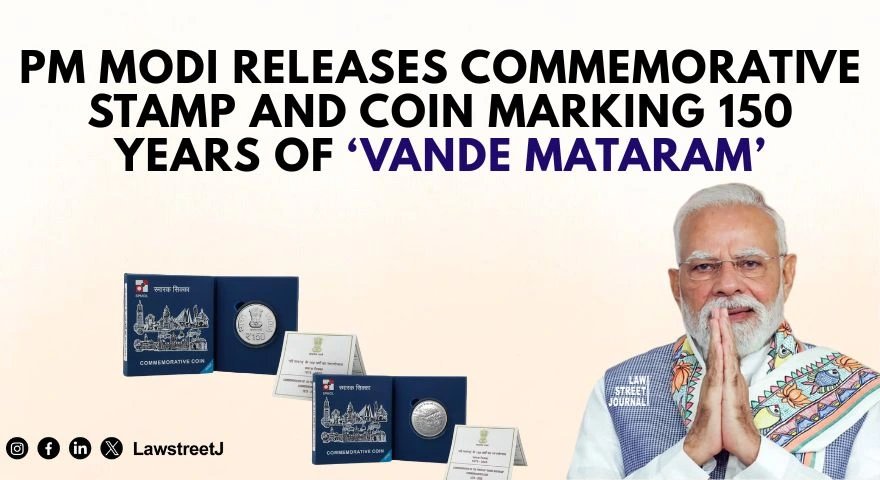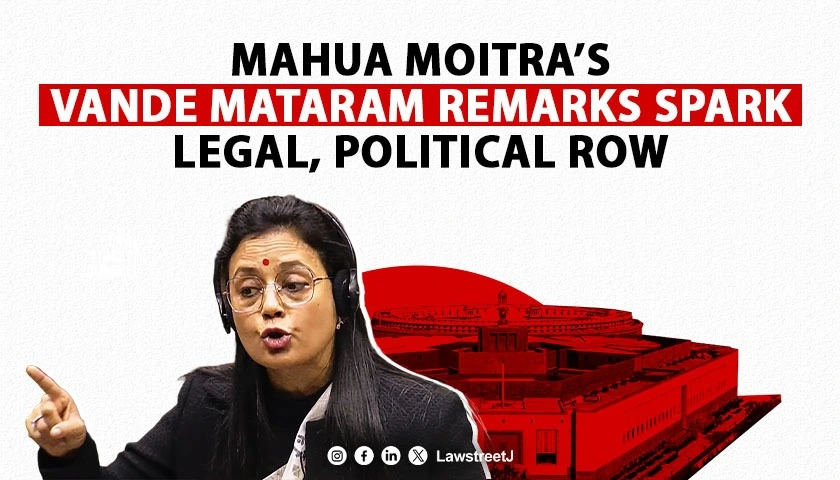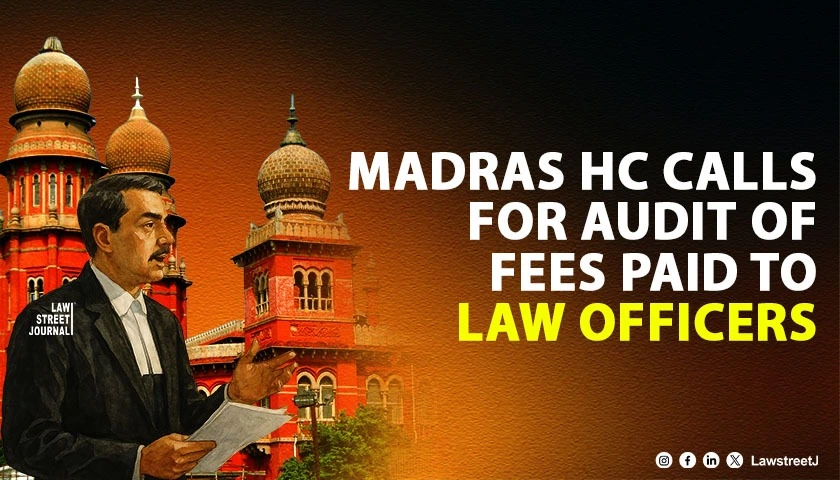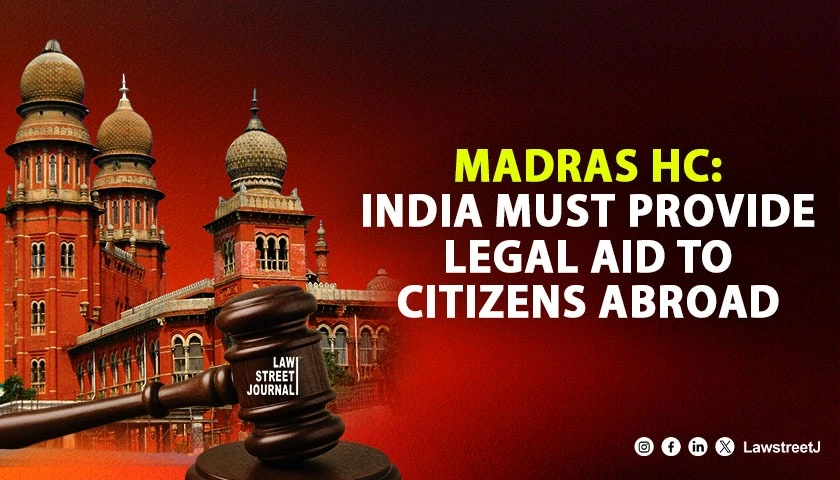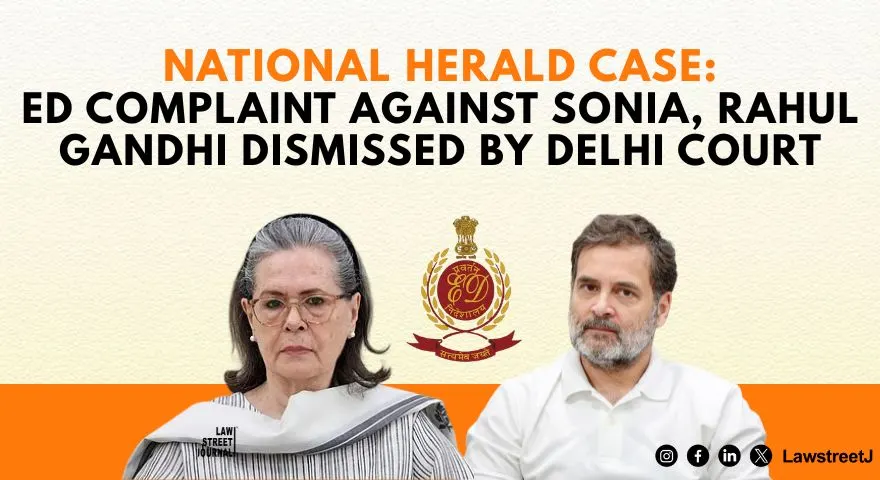New Delhi: Prime Minister Narendra Modi on November 7, 2025, released a commemorative coin and postal stamp to mark 150 years of Vande Mataram. The ceremony took place on Akshaya Navami — the same date in 1875 when Bankim Chandra Chatterji wrote the song. The government stated that the anniversary marks a major milestone in India’s cultural history and in the evolution of national symbols associated with the freedom movement. The event featured ministries, cultural bodies, and family representatives of Chatterji, along with historians who study the song’s development and its role in political mobilization in the late 19th and early 20th centuries.
Although Vande Mataram appeared publicly in Chatterji’s 1882 novel Anandamath, archival references establish that he composed it earlier, on November 7, 1875. Over the following decades, the song moved from literary circulation to political use, especially during the Swadeshi Movement (1905–1908), when it became a rallying phrase for anti-colonial protests. The Constituent Assembly, while finalizing national symbols, passed a resolution on January 24, 1950, giving Vande Mataram the official status of the national song. Jana Gana Mana was separately adopted as the national anthem, and both symbols were recognized within the framework of Article 51A, which outlines duties relating to national respect. Judicial interpretation has shaped how these symbols are engaged with in public. In Bijoe Emmanuel v. State of Kerala [(1986) 3 SCC 615], the Supreme Court held that individuals cannot be forced to sing either the national anthem or the national song. The verdict reaffirmed protections under Article 19(1)(a) concerning free expression and Article 25 related to freedom of conscience.
The first public rendition of Vande Mataram is recorded to have taken place at the 1896 session of the Indian National Congress, performed by Rabindranath Tagore. The Ministry of Culture and state education departments have since incorporated observances of the national song into various official and academic events.
Features of the Commemorative Coin and Stamp
The commemorative ₹150 coin, released to honor the 150-year milestone, was produced by the Security Printing and Minting Corporation of India Ltd. (SPMCIL). The design includes the inscription “150 Years of Vande Mataram” and an artistic representation of the manuscript in which the song first appeared. While the coin is legal tender, it is primarily meant for collectors and ceremonial display. India Post issued a ₹5 commemorative stamp featuring Bankim Chandra Chatterji’s portrait and a stylized depiction of the song’s opening lines. Philatelic bureaus across the country, along with the e-postal portal, will distribute the stamp. These products were issued under the established government guidelines for commemorative coins and stamps. The Ministry of Finance and the Ministry of Communications regulate these releases, which must follow a process involving inter-ministerial consultation, theme vetting, and formal notification in the Gazette of India. Items approved through this process are preserved in national archives for permanent record.
The Ministry of Culture, working with the Ministry of Education, has launched a nationwide campaign titled “Vande Mataram@150.” Through this program, schools and colleges have been encouraged to organize lectures, discussions, musical presentations, and essay competitions explaining the historical background of the national song. The University Grants Commission (UGC), through a circular dated October 25, 2025, advised higher education institutions to schedule commemorative events from November 7 to November 30. Several universities have reported setting up seminars focusing on the song’s literary origin, constitutional placement, and legal references. The Press Information Bureau noted that officials at the ceremony highlighted how the song created unity among diverse linguistic regions during the independence struggle. Attendees included senior cabinet ministers, researchers studying the nationalist period, and members of the Chatterji family.
Legal scholars observing the initiative have pointed to earlier court decisions, including Union of India v. Naveen Jindal [(2004) 2 SCC 510], which recognized the display of national symbols, specifically the national flag, as a form of expression under Article 19. These rulings affirm that participation in national-symbol observances remains voluntary while emphasizing respectful conduct. The government’s release of a commemorative stamp and coin to mark the 150th year of Vande Mataram follows statutory procedures and highlights the song’s place in India’s historical and constitutional record. The associated educational programs, archival efforts, and cultural initiatives ensure that the milestone is recognized within institutions across the country. With the anniversary now formally observed, the national song’s role in India’s political and cultural development continues to be documented and preserved through official channels.

